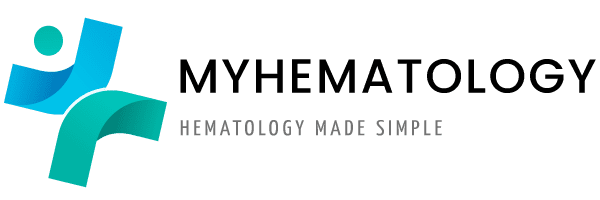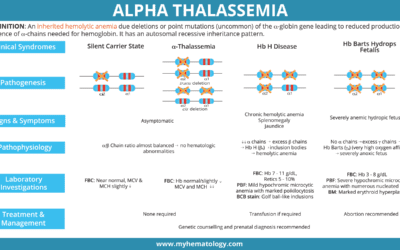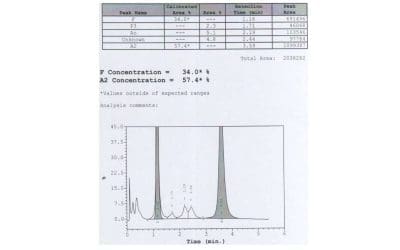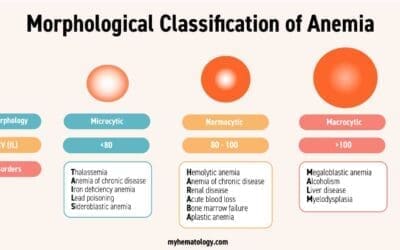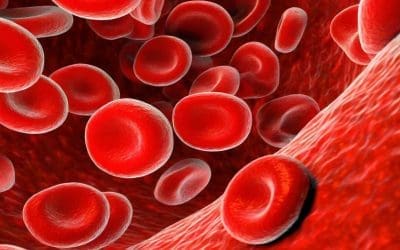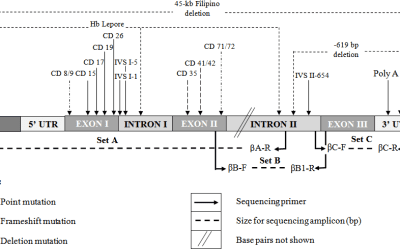Fanconi anemia, a rare genetic disorder, causes bone marrow failure and increases cancer risk. Learn about symptoms, causes, diagnosis, and treatment options.
Neonatal Jaundice (High Bilirubin Levels in Newborns)
Neonatal jaundice is a common condition in newborns causing yellowing of the skin and eyes due to excess bilirubin in the blood. It can be caused by various factors, including immature liver function and certain medical conditions. While often harmless, severe cases can lead to complications.
Jaundice (Hyperbilirubinemia)
Jaundice, a condition characterized by yellowing of the skin and eyes, is caused by hyperbilirubinemia, an abnormally high level of bilirubin in the blood. It can be a symptom of various liver or biliary tract diseases.
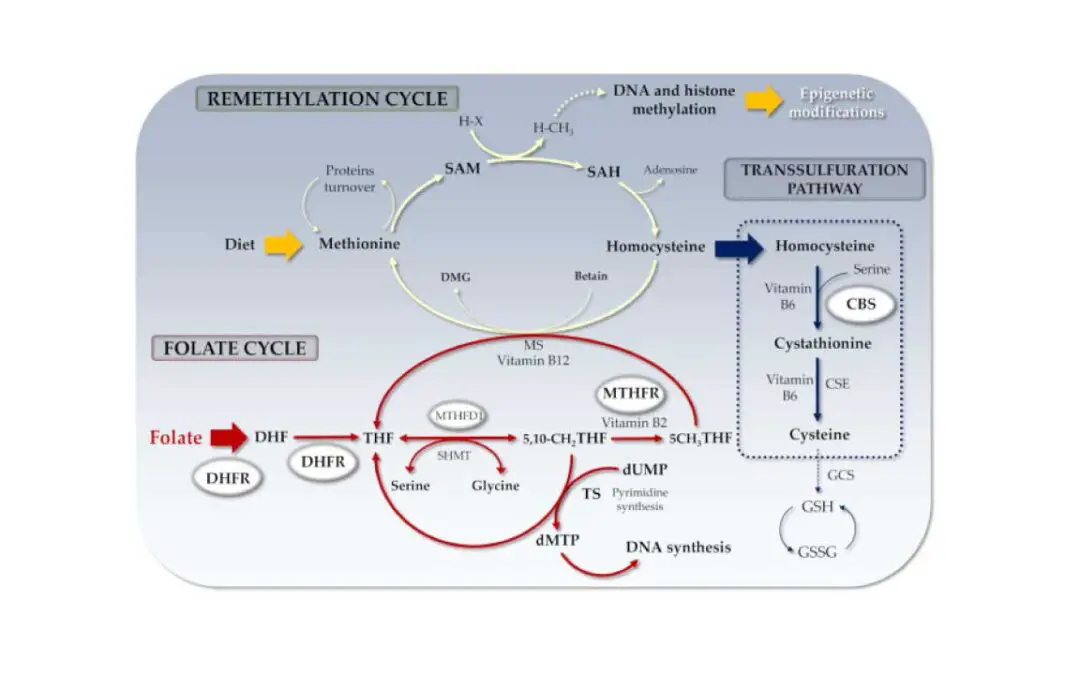
Homocysteine & Hyperhomocysteinemia
Homocysteine is an amino acid linked to an increased risk of heart disease. Elevated levels can be influenced by genetics, diet, and lifestyle.

Vitamin B12 Test: The Essentials
Feeling tired? Check your vitamin B12 levels with a simple blood test. Order your test online today and boost your energy!
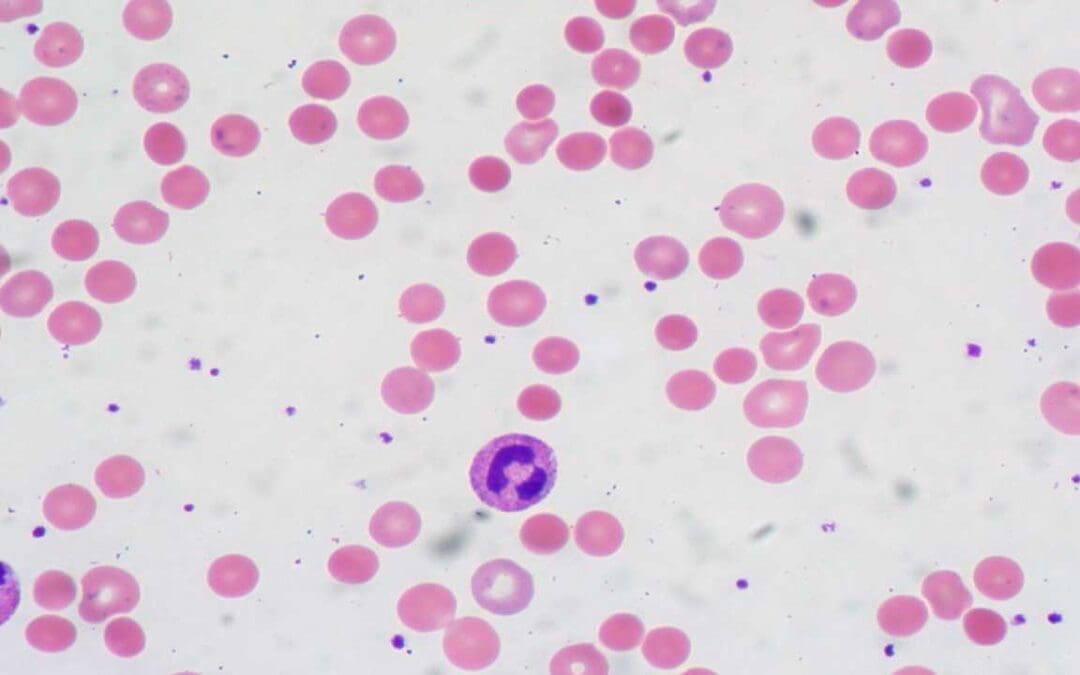
Warm Autoimmune Hemolytic Anemia (warm AIHA)
Warm AIHA: Immune system attacks red blood cells, causing anemia. Symptoms include fatigue, pallor, and jaundice. Treatment targets immune suppression.
Alpha Thalassemia
Alpha thalassemia is an inherited blood disorder that causes less alpha globin production, leading to less hemoglobin formation thus resulting in anemia.
High Performance Liquid Chromatography (HPLC) for Hemoglobinopathies Screening
HPLC for hemoglobin subtype identification separates and quantifies different hemoglobin variants based on their unique chromatographic properties.
Glucose-6-Phosphate Dehydrogenase (G6PD) Fluorescent Spot Test (G6PD Test)
The G6PD fluorescent spot test is a rapid and simple screening method for G6PD deficiency that utilizes the enzyme’s ability to reduce NADP+ to NADPH.
Anemia: Types, Symptoms & Treatment
Anemia is a condition characterized by a deficiency in red blood cells or hemoglobin below the physiological need of the body.
Red Blood Cells (RBCs): An Overview
Red blood cells are biconcave disc-shaped cells that transport oxygen from the lungs to other parts of the body.
Conventional PCR Protocol for Downstream Sequencing in Beta Thalassemia Diagnosis
The beta globin gene PCR protocol for sequencing involves amplifying the beta globin gene using specific primers, followed by Sanger sequencing to determine the DNA sequence.
